Gay Gaddis, Texas Trailblazer
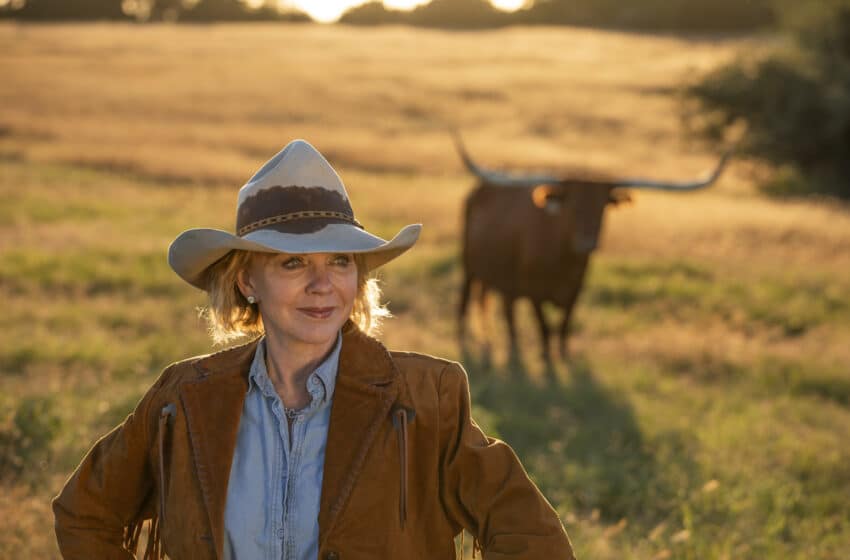
Gay Gaddis, founder of legendary Austin-based ad agency T3, means business in everything she does—whether she’s founding and leading companies, writing books, or selling out New York City art galleries.
Here’s the story of her entrepreneurial life so far, with plenty of insights for fellow Texas leaders.
“Don’t get bitten!” Gay Gaddis shouts, a twinkle in her eye.
She’s warning Kenny Braun, the photographer who shot the photos for this article, about rattlesnakes. Kenny waves and saunters into the brush to scout shooting locations for later.
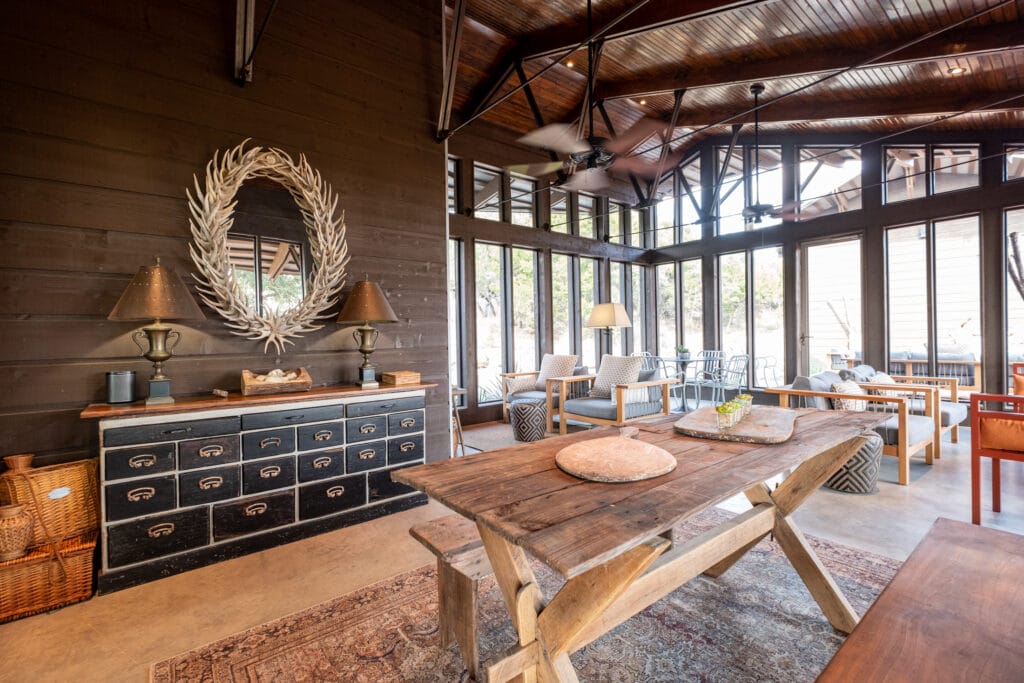
Gaddis and I are sitting in a screened-in porch in her expansive Double Heart Ranch near Burnet. It’s a crisp, sunny afternoon. Her three dogs roam near our feet, hoping for scratches.
“The snakes don’t rattle like they used to,” Gaddis explains. “The hogs love to eat them, so the snakes don’t want to give away their position. That’s what I’ve heard, anyway.” Feet clad in tasteful but sturdy cowgirl boots, Gaddis certainly looks prepared for a rattlesnake attack, even a surreptitious one. “They say everything adapts.”
Gaddis is terrified of rattlesnakes, but a tendency toward adaptation is one thing she has in common with them.
Over a terrifically successful career, she has transformed from small-town Texas girl to UT art major to founder of one of the country’s most renowned independent advertising agencies. She’s now arrived at the Gay Gaddis that sits before me today: a painter, a writer, a speaker, a mentor to women in business.
I ask Gaddis—a petite, voluble blonde with a charming Texas twang—what prompted her to start T3, the highly innovative advertising agency she founded in 1989.
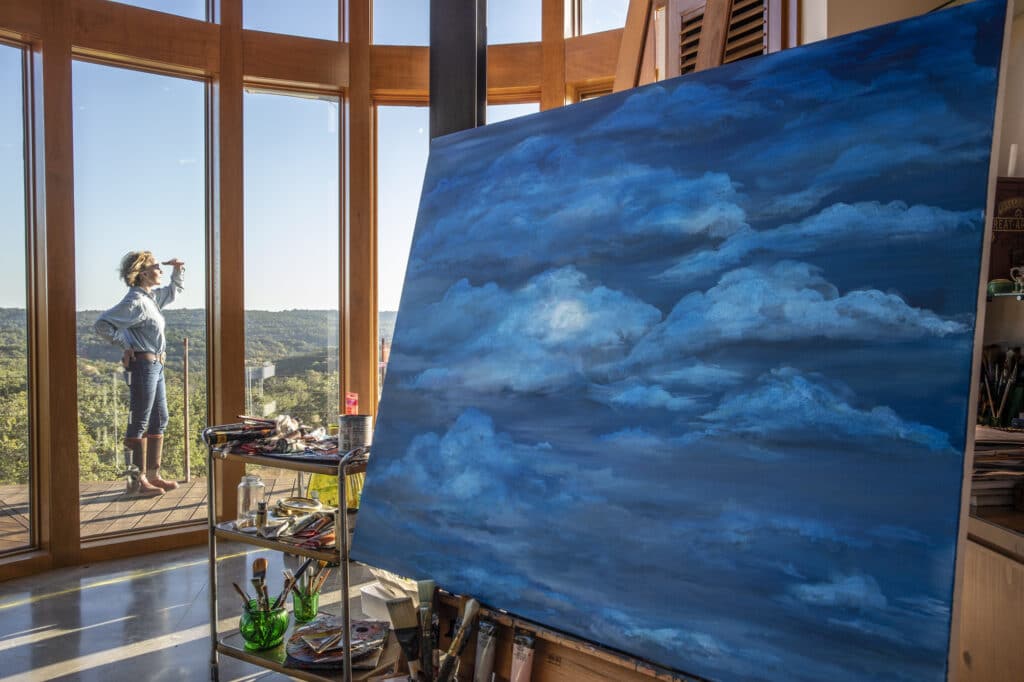
“I got mad,” she says.
At the time, the United States was hard hit by recession. Savings and loan associations were falling like dominoes and “real estate wasn’t worth the dirt it was built on,” as Gaddis puts it. The Austin ad agency she worked for at the time was feeling the crunch, too.
The ever-adaptive Gaddis went off and wrote a business plan that she thought could save the agency. When she presented it to the advisory council, they were all for the new strategy. “But I made a mistake,” says Gaddis. She hadn’t brought along the agency’s president, who came to her office soon after and said he wouldn’t be supporting her plan. “I was furious, because I’d put so much into this plan. I really believed in it. I was almost crying in anger.”
After the president left the office, Gaddis sat quietly for a while. Then she picked up the phone and called her husband, Lee, then employed by the same agency.
“If I can’t make this plan happen here, I’m going to do it somewhere else,” she told him.
“If you do it, I’ll support you,” he replied.
With that, Gaddis marched down to the president’s office and quit. The next day, she was cashing out her $16,000 IRA and incorporating a new agency, the one that would eventually become T3.
Early Lessons in Leadership
Gaddis’ path toward leadership began in childhood. Growing up in tiny Liberty, Texas, she wasn’t much thinking about the business accolades that would come later. But she did find that she had sway over the other kids.
“I knew how to get people to move, to do stuff with me,” she says. “And I loved to be in front of people, talking.”
Tragedy struck when Gaddis lost her father at the age of 13. Soon after, she went to work as an engraver at a jewelry store. This enabled her to not only bring money into the home but also balance the family budget for her non-financially-inclined mother.
Academically, Gaddis excelled. She exercised her budding leadership talent as captain of her high school drill team, the Panther Prancers. She saw that money was raised, that outfits were stellar, that the girls were living up to Gaddis’ own strong work ethic.
I knew I was a good leader, but obviously I wasn’t doing something right. I think I was making it too much about me, and working people too hard without showing them appreciation.
But as time passed, Gaddis noticed something odd. She was getting results, but the drill team didn’t particularly like her. “By the end of senior year, almost every girl in the entire high school hated me,” she says. “It really got to me.” When someone wrote about Gaddis favorably in the local paper, she came to school the next day to find copies of the article, covered in not-so-nice words, stuffed into her locker.
“I knew I was a good leader, but obviously I wasn’t doing something right,” says Gaddis. “I think I was making it too much about me, and working people too hard without showing them appreciation. But you can’t have people hate you while you’re running the show. I learned a lot from that. I tried to be more including, to shine the light back on other people. I learned how to bring people along.”
When it came time to go to college, Gaddis chose the University of Texas at Austin without much second thought.
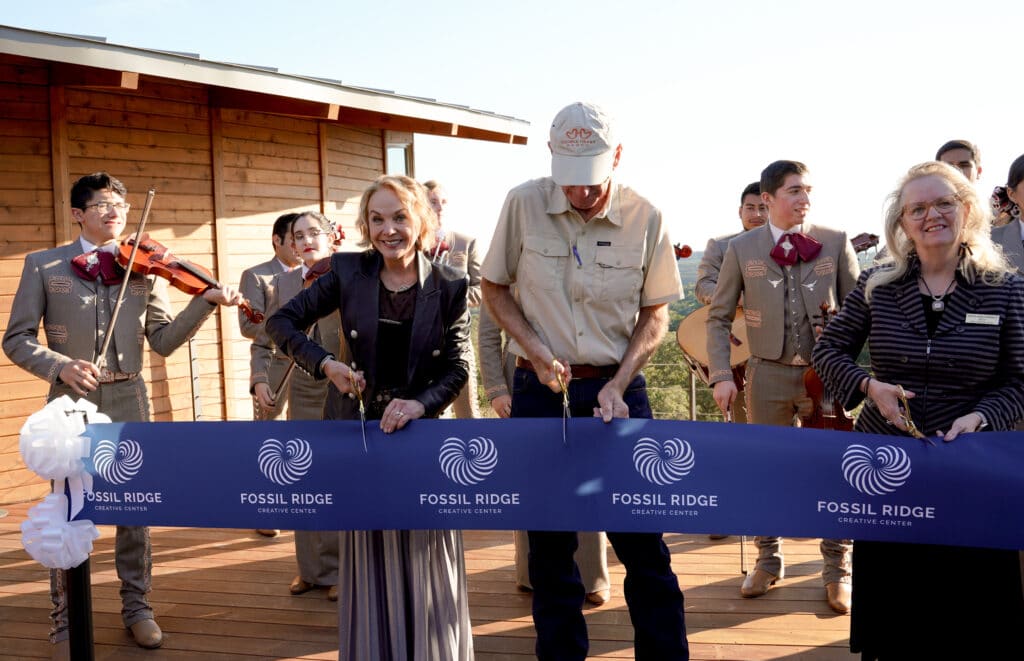
home to Gay’s private art studio and gallery.
“There was something about the grandeur of it to me,” she says. “When you walk into the UT football stadium with the band and all the fans and just the electricity of that experience. I wanted to be part of that.” It also didn’t hurt that she had a scholarship from the art department.
By the time Gaddis graduated from UT, she had a hard-earned Bachelor of Fine Arts in Studio Art, combined with an ability to describe her artistic concepts in writing. “My art teacher told us to write copy to go with our ideas,” says Gaddis.
This combination turned out to be a natural fit for the industry she would make her name in: advertising.
Mad Men with Bell Bottoms
Soon after college, Gaddis was hired at The Richards Group in Dallas, on its way to becoming the largest independent ad agency in the country. But at the time, the agency consisted of just about a dozen and a half people—all men. As the new hybrid art director and copywriter, Gaddis began drawing ad comps with colored markers to demonstrate her concepts.
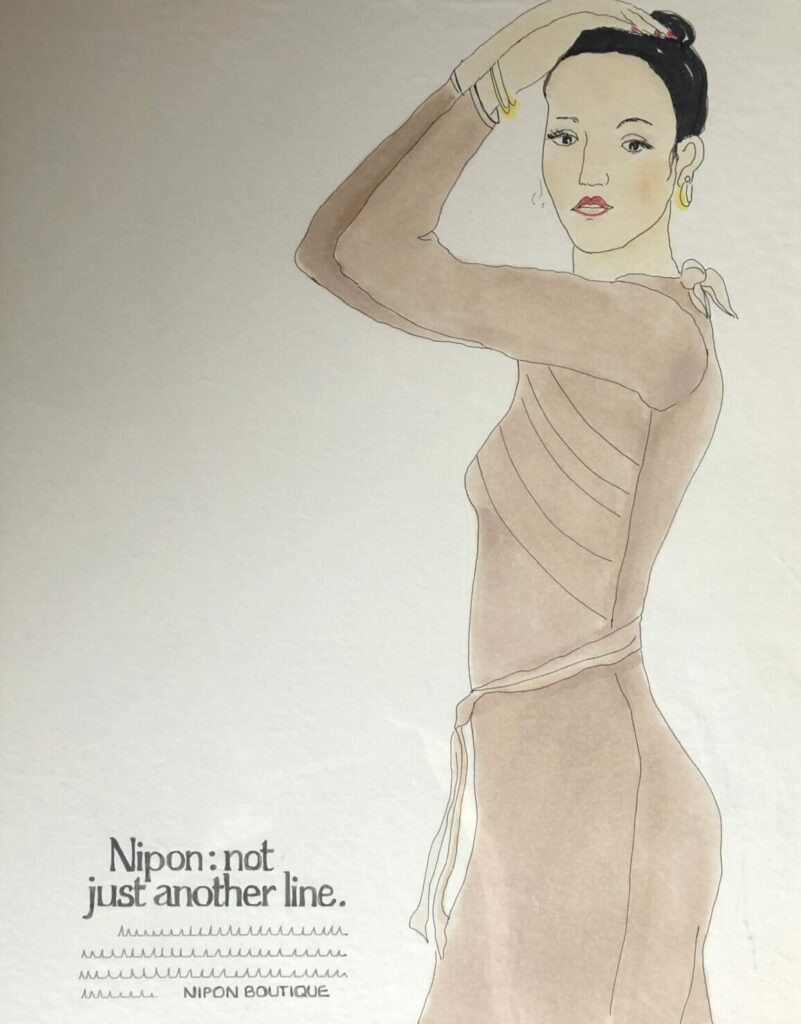
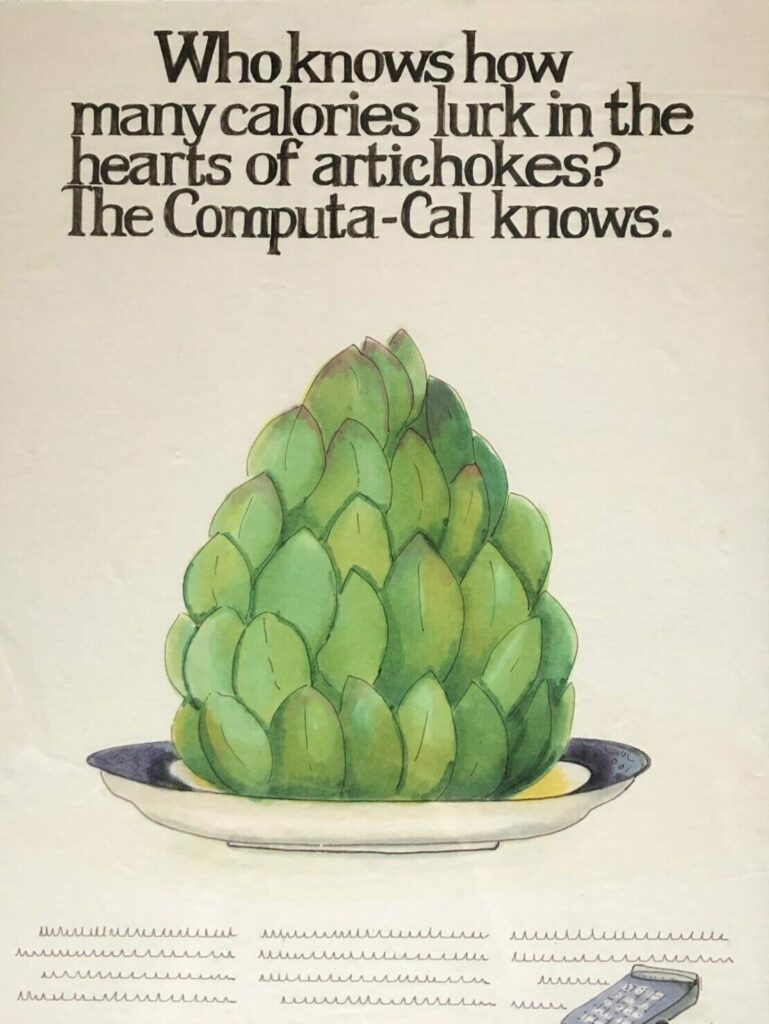
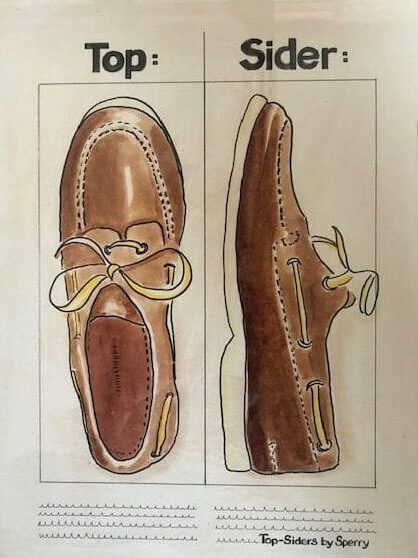
Though her talent was quickly recognized, the culture at the company left something to be desired. “It was like Mad Men with bell bottoms,” Gaddis recalls. “It was wild, catcalls walking up the steps. They drank all the time. But we worked really hard and I learned a lot there.”
By the 1980s, Gaddis had moved on to a different agency—the one that would reject her business plan, prompting her to go off on her own.
The move into entrepreneurship was no easy decision. “We were broke,” Gaddis remembers. “We’d taken pay cuts thanks to the recession. We had three kids and a mortgage. It was a mess.”
Nevertheless, she quit her job in 1989 and founded Warren/Martino (later T3) in Austin, managing to lease a 1,000-square-foot office with no collateral. The name originated from her maiden name, Warren, and her first hire, David Martino, whose name she put on the door thanks to his good reputation.
Gaddis wasted no time putting her rejected business plan into action. Its primary feature: a commitment to innovation via “think tank” sessions.
The Think Tank
Gaddis’ concept of “think tank” sessions brought together experts, practitioners, and other interesting people to brainstorm—giving the agency a fresh, well-rounded understanding of how various campaigns would be received.
This strategy fit perfectly at fledgling Warren/Martino. “Because we were so little, we would bring in people from the outside to ideate with us,” says Gaddis. “It would be a psychologist or a copywriter or an expert in something. We’d put everything up on the wall and then figure out the best strategies.” Before long, the agency was landing clients, making key hires, and winning industry awards.
The think tank approach became so foundational at Warren/Martino that employees began referring to the agency as The Think Tank. The name change became official when a new hire wanted their name on the door too. “We’re going to stop this right now,” Gaddis told herself.
“One of my creative guys went off to the beach that weekend and came back with a new name,” Gaddis remembers. “‘I’ve got it,’ he said. ‘Let’s call it T3: The Think Tank.’”
We always tried to match ourselves with clients who would take risks. We liked pushing people to come up with the “What if?” the “Why not?”
“I love it,” Gaddis replied.
They designed the logo, and the rest is history.
In the ensuing years, T3 grew to become one of the largest woman-owned agencies in the country and developed a reputation for innovation. Though remaining firmly headquartered in then-sleepy Austin, T3 opened offices in New York, Atlanta, and San Francisco, with an outpost in Chicago. (“Back then, Austin wasn’t a cool place to come visit your agency,” Gaddis says. “So we went to them.”) The client roster grew to include names like Marriott, Allstate, UPS, 7-Eleven, Capital One, and Pizza Hut.
“We liked first-to-market things,” says Gaddis. “We always tried to match ourselves with clients who would take risks. We liked pushing people to come up with the ‘what if,’ the ‘why not?’”
T3 came up with the idea, for MSN, to create banner and “skyscraper” ads—the kind that run along the side of the page—that interacted with each other. It was a first in the early days of the Internet. For Staples, they turned the famous “easy button” into an actual ordering system.
“People were let free,” says Gaddis. “We told people to just go, just have fun with it. Every time we did something that was totally off the wall, we held it up so other people aspired to that. We celebrated it.”
When developing a campaign for an East Texas hospital system’s EMS expansion, the T3 team brought in emergency doctors, political operatives, and logistics experts. Before pitching a client that sold cat food, they brainstormed with veterinarians, cat owners, and someone known as The Cat Whisperer. “He just got cats!” says Gaddis.
The creative approach meant that T3 took clients most agencies wouldn’t. And their output wasn’t always ads.
“We did all kinds of bizarre stuff through the years,” says Gaddis. “We called them ‘ad-like objects.’ We did a university course for one client. We did a parade for another client.”
Psychologists were a staple in think tank sessions. Application of psychology to advertising was nothing new, dating back to Harlow Gale’s work at the University of Minnesota in 1895. But T3 found particular success in applying the Myers-Briggs Type Indicator to understand how campaigns would affect the buying public.
Gaddis notes that about 75 percent of the US population are “SJs.” In Myers-Briggs-speak, that means they rely on Sensing and Judging rather than Intuition and Perceiving. But most creative people tend to fall in the other non-SJ 25 percent. Thus, many messages crafted by creatives fail to resonate with the broader populace.
“We had a great psychologist who was an expert in Myers-Briggs, and he was an SJ,” says Gaddis. “He would show our team where they missed bringing him along in their pitches. It was always a collaborative thing to help us understand how to get in the psyche of the consumer and make them want to buy.”
Quiet Masters of the Internet
During T3’s rapid growth, Gaddis remained a visionary leader. “I always say—and this is very biblical—‘without a vision the people perish,’” she recalls.
Gaddis’ vision for T3 was simple: “Thrive in ambiguity, and that will lead to success.” During the dot-com boom of the 1990s, this ethos allowed T3 to roll with the punches of a brand-new Internet ecosystem.
Internet was still glacial and dial-up, but ad servers and the growth of email were enabling all types of innovation. Led by Gaddis, T3 began dabbling in the Internet very early on. The agency had already built the first website for Shiner beer when it first began doing projects for Dell—its first real Austin client.
“In ’94, I was in a meeting with Michael [Dell],” says Gaddis, “and he looked at me and said, ‘We’re going to start selling on the Internet. It perfectly fits our direct model.’ I ran back to the office and we all worked, day in and day out, with the people at Dell to experiment with this Internet stuff. Before we knew it, T3 was one of the most sophisticated online marketers in the country. We flew under the radar, but we would go in and pick up business that no one could believe we got—just because we knew the Internet and no one else really did.”
Once Dell came on with T3, business continued to boom. Gaddis’ husband, Lee, came over to work at T3, specifically to help with Dell. He’d previously been partner at an agency Gaddis worked at before.
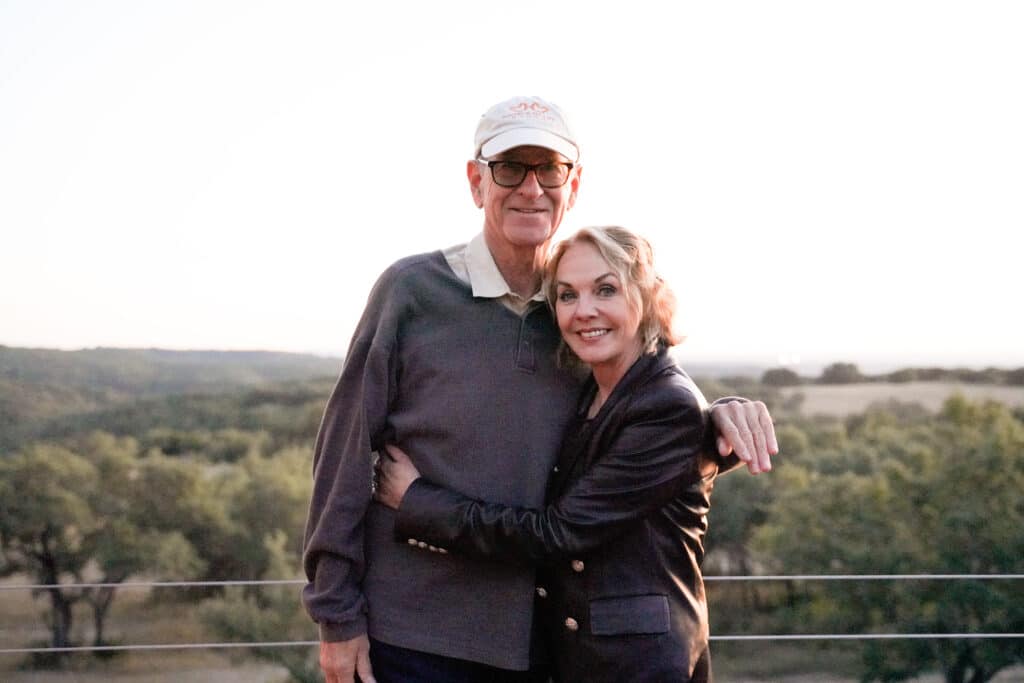
At one point, Dell suggested an email campaign. T3 did it—and it made a million dollars.
Dell was ecstatic, but Gaddis told them, “We can’t send out another for a month, because if we burn out the list, they’re gone forever.” After a month, they did a second campaign, which made another million.
“Dell called and said, ‘Can we do it again in two weeks?’” Gaddis remembers. “We did, and before it was over we were doing three a week. It was amazing how much we learned.”
The Internet also enabled unprecedented measurement of advertising campaigns, something Gaddis made a priority for T3.
If people laughed at your TV spot while they’re out drinking or playing golf, then the board thought it was clever. They’d just run the hell out of it, thinking that business would follow.
She explains that, at the time, there was a large gap between (1) direct marketers, whose stuff was “clunky and nasty” but who were highly focused on bottom-line results and (2) agencies who mainly wanted to win creative awards and weren’t at all worried about measuring business outcomes. “They’d use a lot of humor and expensive production,” says Gaddis, referring to the latter group. “No one measured the results. If people laughed at your TV spot while they’re out drinking or playing golf, then the board thought it was clever. They’d just run the hell out of it, thinking that business would follow.”
Gaddis wanted to bring those two together: doing high-quality creative work and measuring results. “We’re going to start measuring everything we do,” she told her team.
“For the first time, you could literally measure everything,” says Gaddis. “We had early cookies. If you bought 10 desktops for company XYZ, we knew that pretty soon you’re going to need a server. So we’d market an aggressive price on a server to them.”
“Oh Yes, the Failures Came”
Gay Gaddis’ book, Cowgirl Power: How to Kick Ass in Business and Life, published by Center Street Hachette in 2018, is a collection of wisdom and philosophies Gaddis accrued in her career up to now.
She wrote the book after speaking at a big event for the Chamber of Commerce in Tampa. The Chamber told Gaddis they booked her because they wanted someone who had built a business from the ground up—someone different from the typical celebrity speaker. She realized there was a real story in her career, something that might inspire others, especially women.
When I ask her what it means to “kick ass,” Gaddis first says: “It’s taking risks. It’s not being so risk-averse. When I talk about kick-ass, I mean you give it your all.”
This prompts my next question, one of my favorites to ask successful people: “Did you have failures?”
“Oh yes, the failures came,” Gaddis says immediately. “Usually based on the economy.” The 2008 to 2010 period was particularly hard. Advertising budgets shrunk, bringing layoffs and salary cuts. In 2008, T3 also ended its relationship with Dell. “That was the worst thing that had ever happened in my business, because Dell was too big of a piece of the pie,” Gaddis recalls with a shudder. “But we survived. I busted my ass and I went out and asked everybody I’d ever known to hire us.”
In typical Gay Gaddis fashion, she managed to find upsides to the downturn. One was talent shaken loose by the recession. Many top people in the industry were let go through no fault of their own; T3 would be waiting to pounce.
“If I found someone really smart and great, I’d hire them even if I couldn’t afford them because I knew we’d make money with them eventually.”
But, Gaddis admits, hiring was another area where she saw some notable failures. Some of the people she brought on who looked amazing on paper turned out to be “really awful.” When that happened, she had a strategy: Get rid of them fast.
“I fired people—and clients—who were toxic. That gets you converts faster than anything. It shows people you’ve got their back and you’re not going to put up with that. Then they believe that you really care about them and the health of this organization.”
The Painter Re-Emerges
Several years ago, Gaddis was driving through central Austin one Friday, on the way out to her ranch from the T3 offices. Suddenly, she remembered a little art store nearby, which she could get to if she turned left on Martin Luther King Jr. Boulevard.
That day, for whatever reason, she took the left turn.
When she got back to the ranch, her Jeep was piled with canvases, paintbrushes, paint. She started experimenting, “screwing around,” in her makeshift outdoor studio. First she tried some realistic, representational pieces. Then she went full abstract. Neither felt quite right.
One day it hit her. All around her were the skies of the Texas Hill Country. “Why am I not painting these skies?” she asked herself. “The color is so fabulous and it’s different every day. It’s an endless supply of inspiration.”
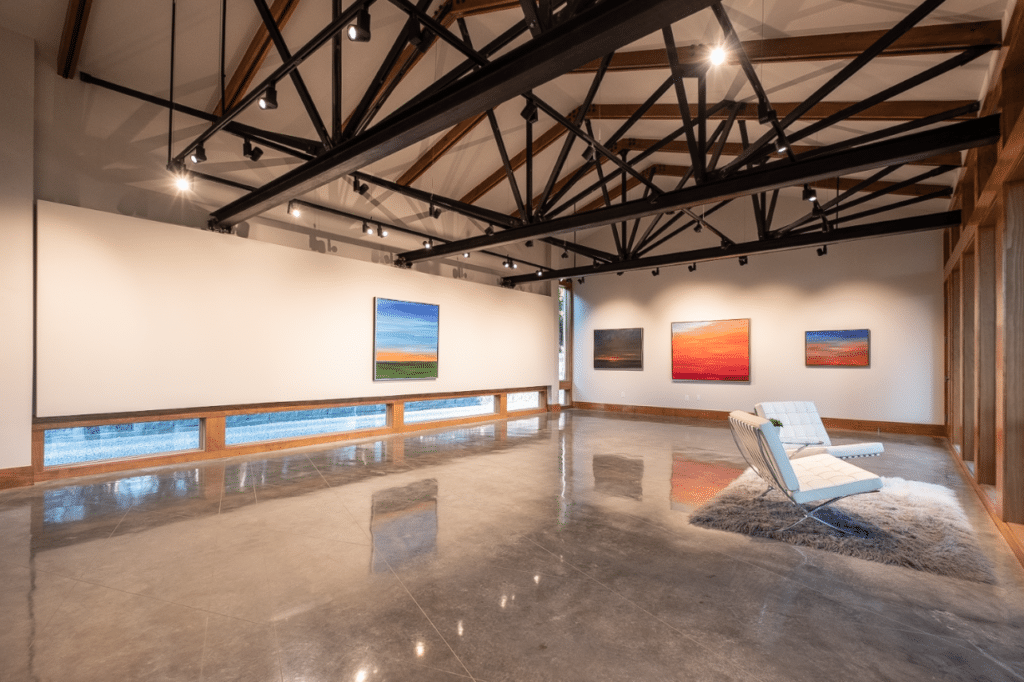
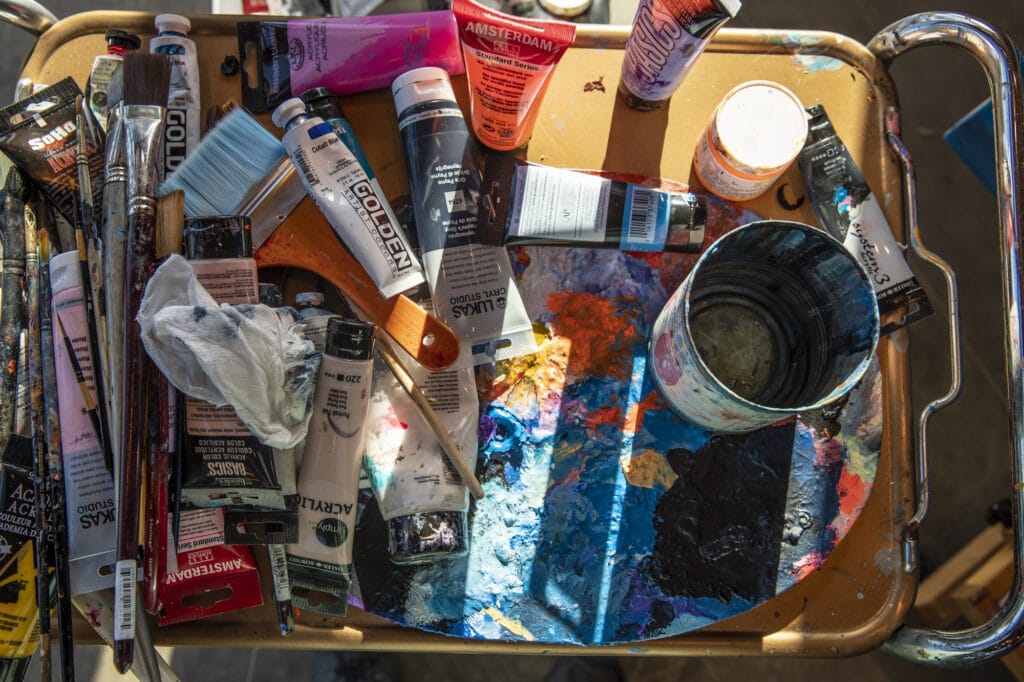
One thing led to another, and she ended up with a one-woman show at the Curator Gallery in New York City in 2016. It sold out.
Gaddis’s husband, Lee, supported her artistic work, but had joked before, “Don’t worry, you won’t make a thin dime off it.” But the first check from the Curator show—after the gallery took its 50 percent—was $17,455.
“I realized that painting is something I love, but it’s a business too,” says Gaddis. She was also inspired to dive back into fine art by the fact that women are still woefully underrepresented in the field. One study found that artworks produced by women make up less than 4 percent of sales at art auctions. “I wanted to see if I can help change that paradigm, to show that women can compete in this too.”
Since selling T3 at the end of 2019—her son, Ben, now serves as CEO—Gaddis has made much more room in her life for art. “Art,” she says, “takes time.”
She now produces paintings that range from broad canvases of vibrant sky to tiny “jewel box” paintings, featured in her own state-of-the-art gallery at Double Heart Ranch. Texas Monthly recently named her one of ten Texas artists to collect now.
The Trailblazing Continues
Today, Gay Gaddis’ life is a somewhat strange amalgam: art, speaking, writing, leadership training. “It’s just the stuff I do,” she says.
She’s also deeply involved with the University of Texas, which allows her to share her wisdom and give back. In addition to guest lecturing and consulting, she serves on the advisory councils of the College of Fine Arts and McCombs School of Business.
The day I spoke with Gaddis at Double Heart Ranch, she had been officially inducted the previous week into the McCombs School of Business Hall of Fame—only the 11th woman since 1982 to receive the honor. She’s also the first art major to be inducted (and probably the last, as a friend of hers joked). But the award meant a lot to Gaddis. She was in her car in the parking lot of the Marble Falls H-E-B when she got the call from UT president Jay Hartzell, who at the time was dean of the McCombs School of Business. “I almost fainted in the car!” she says.
Gaddis’ biggest current involvement with UT is Women Who Mean Business, a program she started to develop, empower, and connect women leaders. As COVID-19 descended on the world, Gaddis saw the devastating impact it was having on women’s careers in particular. “We’ve got to stop the bleeding somehow,” she thought.
Teaming up with seasoned corporate executive Lynn Utter (another honoree of the McCombs Hall of Fame), Gaddis created Women Who Mean Business to offer leadership development to experienced women leaders. Their first class of 40 spots sold out, and the coming class already has buy-in from Apple, AMD, AT&T, and Zillow. The program caters to both entrepreneurs like Gaddis and those rising the corporate ranks, like Utter.
“It’s so exciting,” Gaddis tells me.
It’s just one of the many project Gaddis keeps alive in her post-T3 career.
The entrepreneur, the painter, the author, the leader—whatever Gaddis is, she’s not slowing down. Instead, like a true Texas trailblazer, she’s still widening out paths for those who will follow.
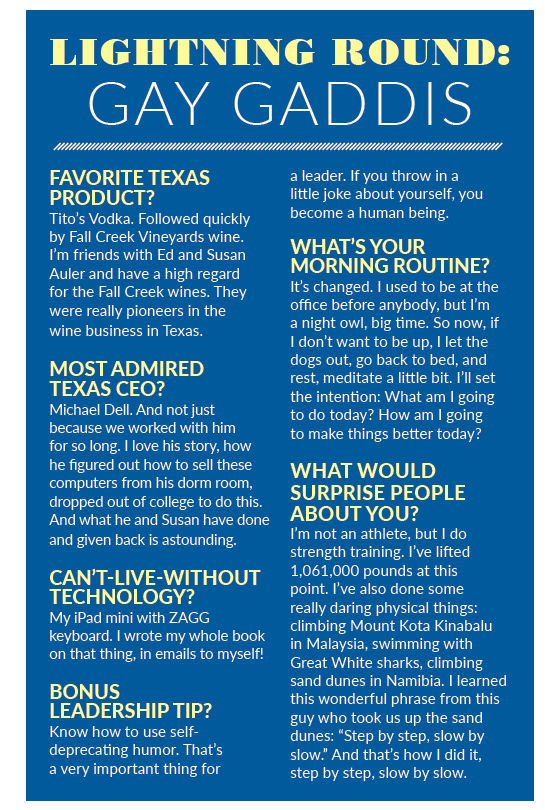
To keep up with the latest from Gay Gaddis, visit gaygaddis.com.







1 Comment
Interesting. I learned stuff.